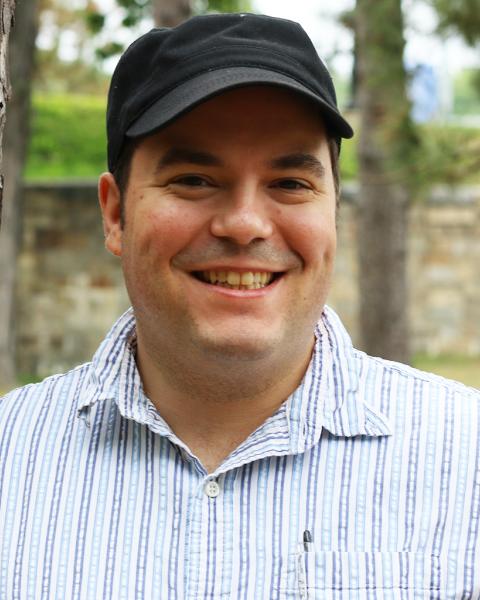Right Place, Right Time
In New Hampshire, daily life is often local — really local. Take, for example, Sullivan County. Located on the state’s western border with Vermont, the county is home to a wealth of arts organizations, including the Library Arts Center in Newport and the West Claremont Center for Music and the Arts in Claremont.
Though the two nonprofit arts venues are only 15 miles apart, their respective executive directors, Kate Luppold and Melissa Richmond, had only met once before. With so much in common, and in a state so small, it seemed strange the two didn’t know each other better, Richmond says.
“We’re all sort of in our own little corners of a town or city,” Richmond explains. “I’d previously met Kate once, but we hadn’t had any in-depth conversations because we’re busy with what’s going on in our own corners.”
That’s changing. Richmond and Luppold, along with other artists, community leaders and volunteers, are working together to help Sullivan County establish an identity as a Granite State arts destination. Work began earlier this year when a six-person team received a grant from the National Association of Counties and Americans for the Arts to use the county’s arts-based, cultural, architectural and natural assets to attract visitors, residents and new businesses.
“The team is focused on figuring out what the arts-based assets are across the county and creating a strategy to connect them,” says Penny Whitman, a UNH Extension economic development field specialist who’s part of the team.
A century ago, the Sullivan County region was an arts destination. Gilded Age sculptor Augustus Saint-Gaudens’ Cornish estate was the nucleus for the Cornish Colony, a summer retreat for artists and their patrons. In the intervening years, the region has suffered a sort of identity crisis, according to Whitman.
Take part in the Love Sullivan Project
“People know what the Upper Valley of New Hampshire is like, what the Lakes Region is, what the Seacoast has to offer, but nobody knows what’s out here and why they should come out here,” she says. Whitman likens it to a garden: a flower here and a flower there don’t make a garden. But connect them together in some way — a blooming bed or a colorful display — and a coherent picture emerges.
That’s where “arts-based placemaking” comes in. The concept brings artists, arts organizations and community development practitioners together to integrate arts and culture into community revitalization work. It can increase creative activity, strengthen a community’s identity, spur economic development and bring new residents and visitors to a region.
“When I think of creativity and the creative economy, there are a lot of people who are creating in this area. If they’re connected to each other with a shared sense of purpose and identity, it could become magnetic. It could get people in this region to realize there’s more going on here than they thought, and it might draw tourists in,” says Stephanie Kyriazis, chief of interpretation, education and visitor services for the Saint-Gaudens National Historic Site in Cornish and a member of the arts-based placemaking team.
Though the work is still in its beginning stages, there have already been successes, according to Whitman. One example is the Love Sullivan Project, in which county residents were asked to share their favorite places in the region on an interactive online map. Other projects, like a community-made mosaic in Newport, are also attracting attention.
“We’re excited to be doing what we already do, but making a big effort to do community engagement outside the walls of the arts center,” Luppold says.

